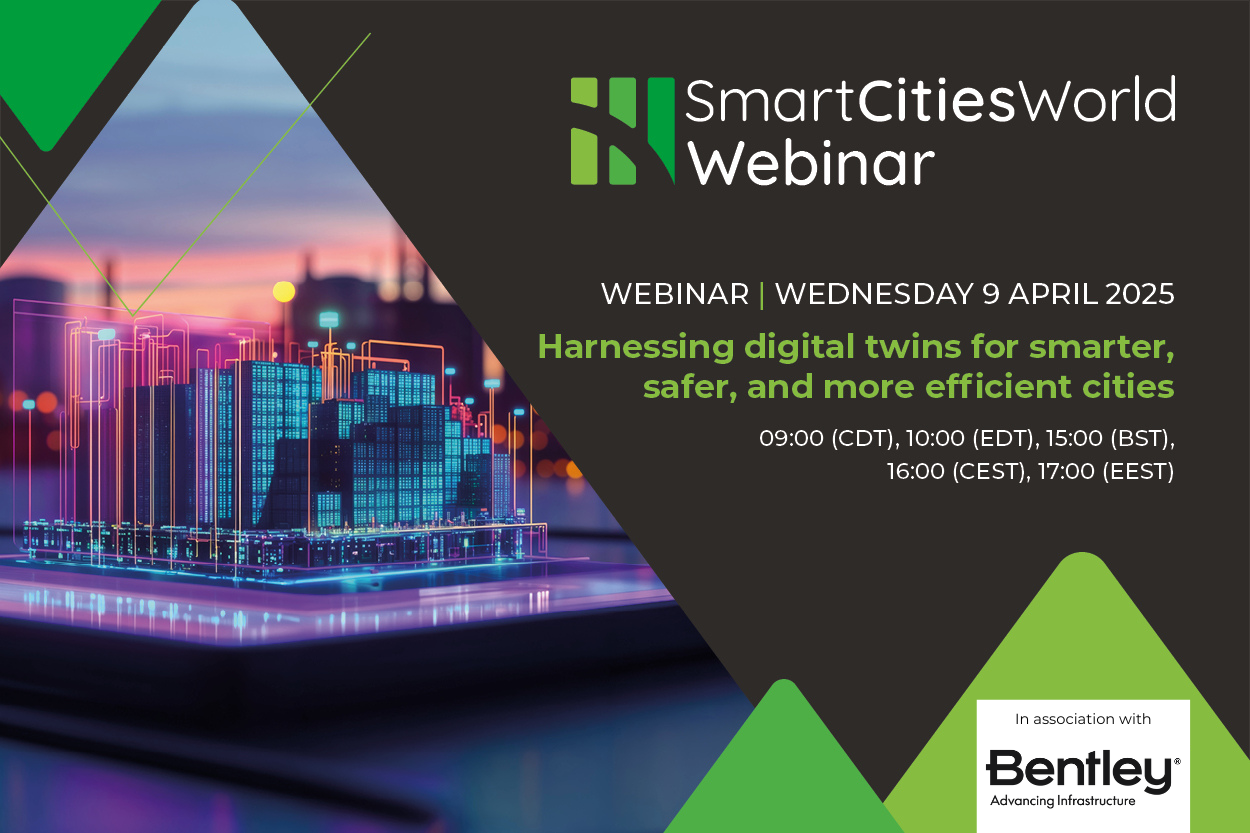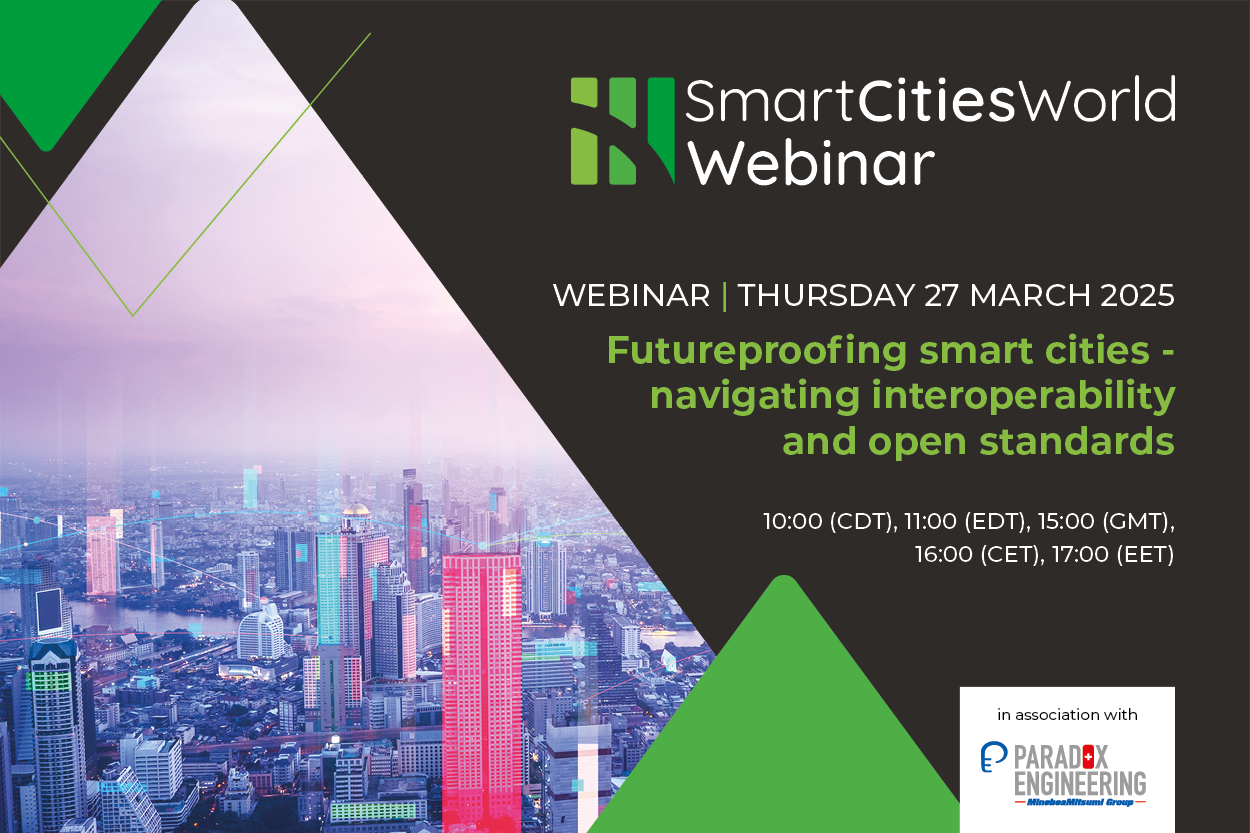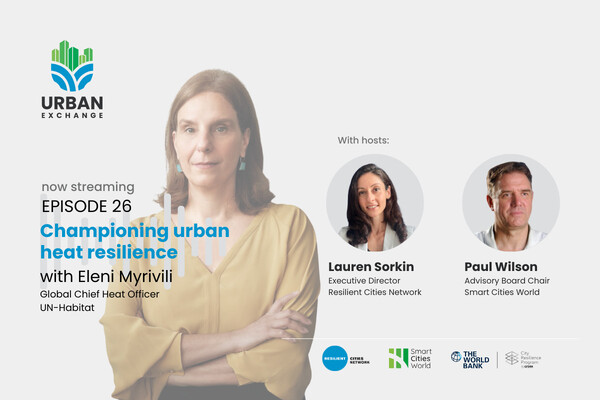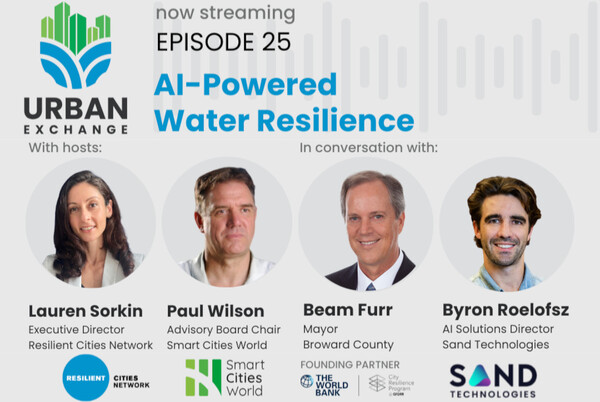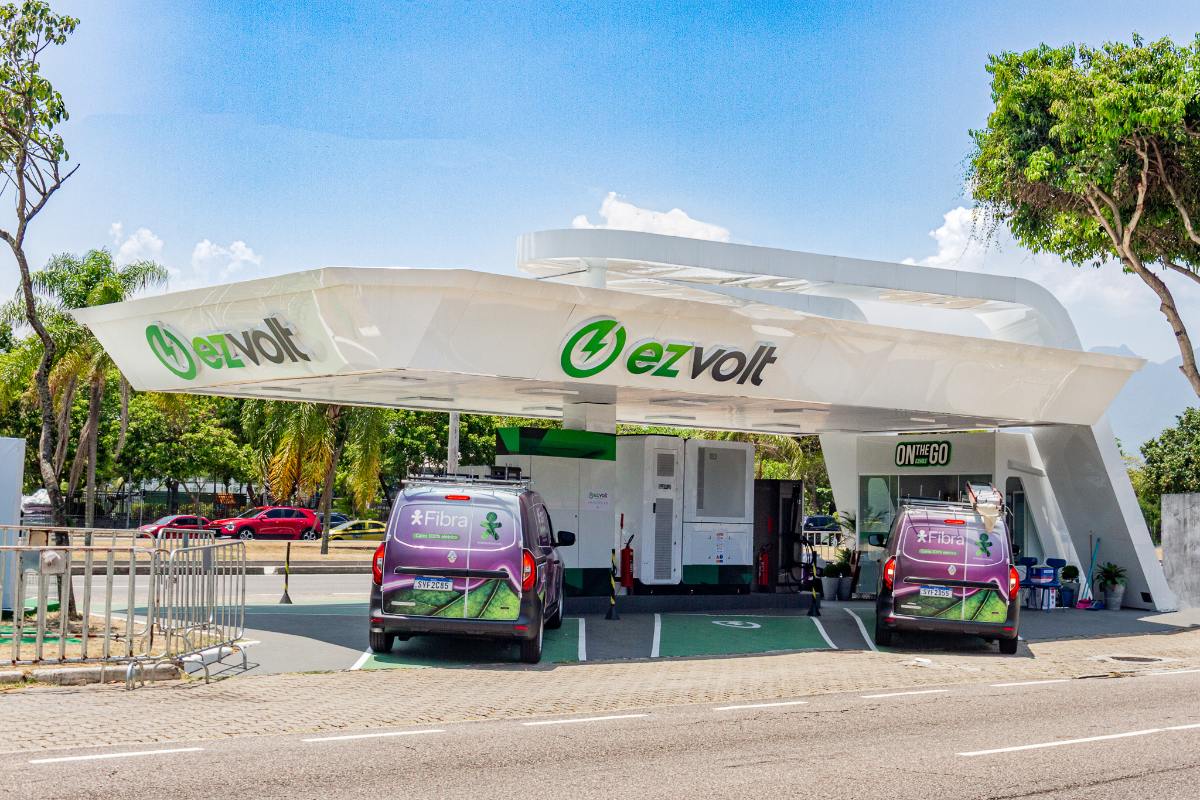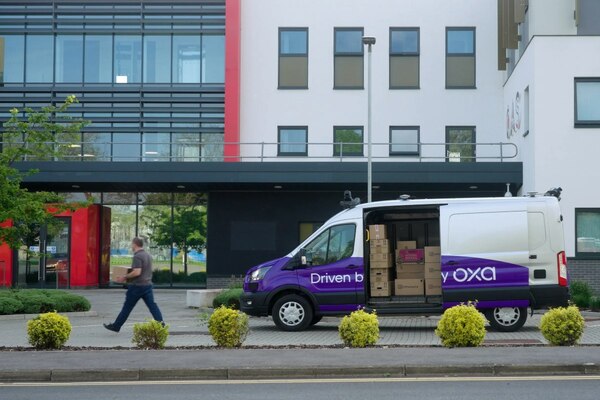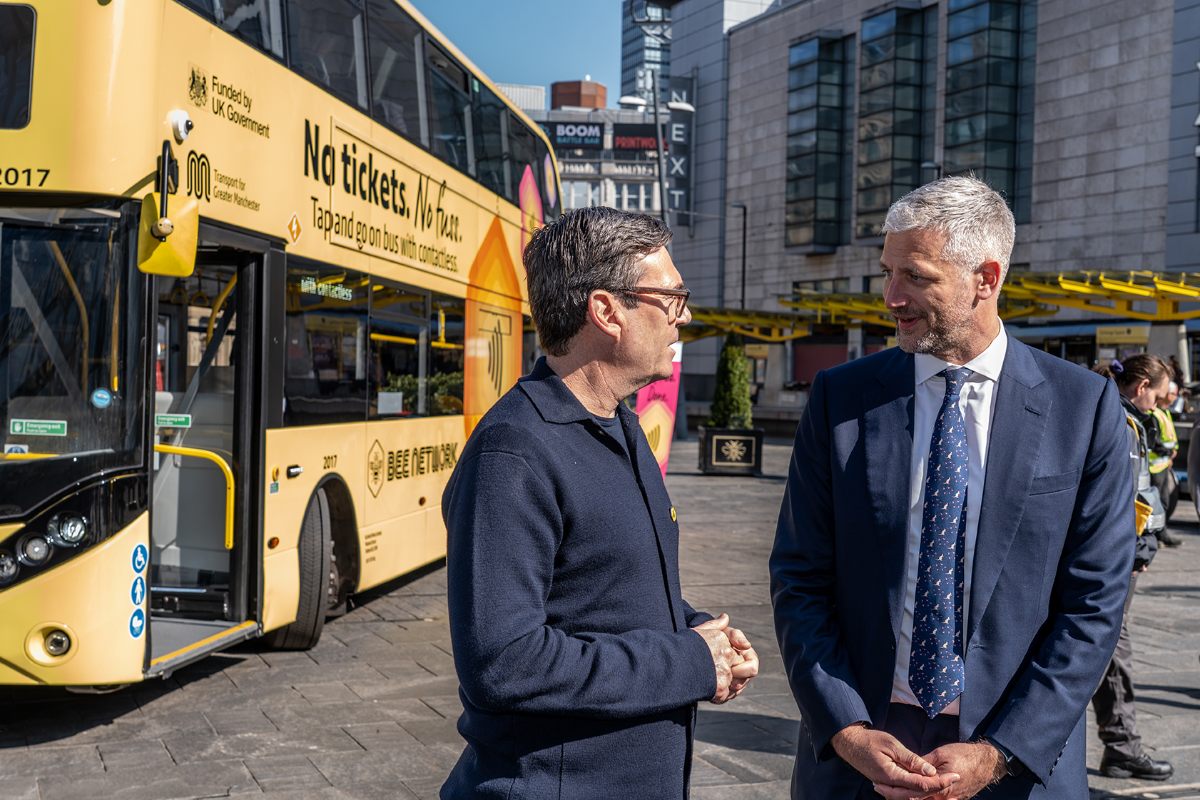Special Reports
SusHi Tech Tokyo 2024: experience ‘Tokyo 2050’ todaySponsored by The SusHi Tech Tokyo 2024 Showcase Program Executive Committee
Getting smart with energy
Smart grids bring together new ways of thinking, Big Data and the Internet of Things to deliver greener, cheaper power. By Barnaby Page

Hot, sleepy and remote it may be, but the heel of Italy’s boot is near the forefront of the move to smart grids that is revolutionising energy and utilities in cities and regions across the world.
The Apulia region’s partially EU-funded Puglia Active Network project exemplifies many of the new approaches to energy that smart grids are enabling. It has already installed 1200 of a planned 8000 new electricity substations, with real-time monitoring to minimise downtime and better plan maintenance; and it aims to put more than 3 gigawatts of renewable energy into the grid (that’s roughly a third of London’s peak-time usage).
It is giving smart meters to 30,000 customers, who will be able to reduce wastage by accessing up-to-the-moment information on their energy consumption; it is even installing more than 250 charging locations for electric vehicles.
The key to the Apulian venture – as to all smart grid deployments – is that it’s not about a single technology, or even a single deliverable. Rather, it’s an approach to the smarter, more sustainable use of resources in cities (and sometimes rural areas too) on the principle that sustainability is essential to urban success, and energy is an essential part of sustainability. This involves multiple different technologies, as well as education of consumers, businesses and government.
The application of the smart grid is not limited to electricity, either, although that’s what we’re focusing on here. For example, in the southern California city of Glendale, the Glendale Water and Power utility has employed Itron technology to provide 33,000 smart water meters as well as 83,000 smart electric meters to end users.
The Glendale smart grid includes in-home displays giving residents information and control over their electricity and water usage and costs, as well as automation within the distribution network to match supply to demand. A similar project – also using Itron equipment – in China’s Tianjin Eco-City covers water, heat and gas.
But whichever specific utilities are involved, the goals and principles are the same. A smart grid can cut costs by improving the efficiency of utility suppliers through real-time information, analysis of the flow of power, fault detection, and self-healing, as well as making customers’ own usage more efficient and therefore cheaper. (Indeed, a poll of energy professionals by the tech supplier Opower found that they saw customer-driven value-added services as by far the biggest benefit.)
The smart grid can also help achieve environmental goals (regulatory or otherwise) by reducing customer demand, while projects frequently involve the addition of renewable energy sources and customer-generated power too.
Bottom-line savings as well as environmental benefits can be huge and swift. The first-ever large-scale smart grid deployment to homes, for example, was Telegstore from the Italian utility Enel, rolled out in 2005 and delivering annual savings of €500 million from an original project cost of €2.1 billion. “Smart grids could be Europe’s shale,” the European Commission vice-president for energy union Maroš Šefčovič has said. And worldwide, Juniper Research expects that smart grids will deliver $18.8 billion in cost savings in 2021.
Stakeholders
To maximise these benefits, the smart grid needs to involve at least three main groups: the suppliers, the consumers (be they businesses or households), and the actual devices that use electricity. Existing infrastructure is improved, digital intelligence is added, information is disseminated, and business models may be revamped.
A wide-ranging project conducted by Commonwealth Edison (ComEd) in Illinois illustrates some of the ways in which the smart grid philosophy can affect all the stakeholders, and the sheer scale of deployment that’s needed to give appreciable results in a densely populated area.
ComEd’s goals included minimising the impact of power cuts through cutting their frequency by 20%, and their duration by 15%: an objective which, although it superficially only concerns the supply side, also involves consumers and their devices because it can be excessive demand from these which causes blackouts. The company also wanted to enhance customer satisfaction by giving its customers more information and better service.
The technology employed, too, spanned the supply and demand sides of the grid. By the end of last year, ComEd had installed 1.8 million smart meters at the premises of its Illinois customers, with every one of the 3.8 million total expected to receive them by 2018. It has also begun a five-year plan for the automation of electricity distribution, including the automatic detection of faults, re-routing of power around them, and swift dispatch of maintenance crews to fault locations – all in the interest of those projected downtime reductions.
Lightbulb moment
Targeting power-consuming devices as well, ComEd started a pilot of smart street lighting. This is a favoured choice for many utilities and local governments embracing the smart grid because scale can be achieved relatively quickly and easily through smartening the street lighting operated by a single body – much more simply than convincing thousands of consumers to install smart white goods in their homes, for example.
The ComEd lighting pilot involves 750 fixtures in Lombard and Bensenville. Already using energy-efficient LED lamps, they should have their consumption trimmed still further by the addition of functions such as remote control and scheduling, while failure and maintenance alerts improve service. It’s hoped that total operations, maintenance and energy costs for the 750 street lights can be reduced by as much as 65%.
Street lighting fixtures themselves can also be used to support other elements of a smart city. GridComm, for example, connects Internet of Things sensors to lights to measure weather, pollution and traffic within a city, transmitting data over the lighting control network.
In ComEd’s case, as well, the lighting project will heavily depend on communications technology – in this case based on the wireless platform from Silver Spring Networks – which can form the basis of more ambitious smart city apps. Information underpins the smart grid as it does every aspect of the smart city, so rapid, inexpensive communication is crucial.
For instance, a hypothetical smart grid system could involve factories telling the intelligence at the core of the grid that they are going to hike their power consumption in the next few minutes; and the grid then assessing the local temperature before suggesting to heating or air conditioning systems in other premises that they could turn themselves down, reducing demand to compensate for the factories’ increase. While refrigerators that proactively adjust their own power requirements are certainly better than nothing, this kind of linkage among multiple consumers and producers of power clearly takes intelligence to a new level.
Power operators have a potential advantage here in that Internet of Things connectivity can be provided over the power lines themselves, for example to enable monitoring and control of electricity usage. Widening this technology to provide full Internet connectivity (known as BPL for “broadband over power line”) remains a largely experimental hope thanks to technical challenges, but the lower-bandwidth requirements of passing smart grid information back and forth seem to be more achievable although they are still not mainstream.
Even at the relatively straightforward level of empowering consumers to manage their own consumption, communications technology is all-important. Smart meters (often known as AMI, for “advanced metering infrastructure”) typically feed data back to the systems that control them at least every hour and sometimes more frequently.
One company, Bidgely, is taking this even further with a customer-facing application called HomeBeat that demonstrates how communications can transform power consumption. The HomeBeat Energy Monitor, which costs only $35 per unit, feeds data from homes to the company every few seconds; Bidgely’s systems then analyse this and feed it back to the householder via Web or mobile, for example notifying them when they reach a preset consumption level. “People are used to instant gratification,” Bidgely’s founder and CEO Abhay Gupta has said.
Smart thinking
It’s not just communications that are enabling this kind of application, though: the number-crunching is equally important. Bidgely, for example, has attracted much interest from utilities with its employment of machine learning for a technique that it calls “energy disaggregation”, and describes as “the science that itemises consumers’ whole house energy data” – enabling the usage of individual appliances to be extracted from the household’s overall energy consumption figures, without physically monitoring the actual appliances.
In similar vein, smart grid technology specialist Tendril operates a platform for analysing consumer energy use (which it is now expanding from North America into Europe and Australia) based on a simulation model called True Home. This is claimed to deliver accurate predictions of consumption based on data such as past metering, weather and demographics, and can be applied to new customers without a billing history too.
Smart meters are invaluable in performing these analyses, and are spreading rapidly: in Europe, for example, it’s forecast that well over €50 billion will have been spent on them between 2015 and 2020, reaching 170 million homes and businesses.
But even customers who lack these AMI devices can benefit from the intelligence of the smart grid approach. Opower, for instance, was working along similar lines to Bidgely and Tendril when it developed an algorithm that breaks a customer’s energy usage down into categories (such as heating, appliances and so on) which can then be applied to ordinary meters read once a month as well as the smarter ones that report every quarter of an hour. Essentially, it assumes that the micro-level understanding of consumption patterns achieved through smart meters will translate to the situations where only dumb meters are found; it also builds in data on weather, household characteristics and other factors.
This kind of intelligence can help utilities as well as individual consumers, as when Opower analysed 812,000 customers in three U.S. markets to develop “load archetypes”, or typical patterns in the power demand of different kinds of users. Understanding these enables utilities to improve the match between supply and demand, achieving smart grid goals without necessarily having smartness in the grid itself – a further illustration that it’s all about the approach, not the nuts and bolts.

Expert advice: think big but watch the detail
Thinking big and delivering personal are vital to a successful smart grid deployment, says Josh Roper, vice-president of advanced metering infrastructure at Silver Spring Networks.
“Oftentimes, we see utilities and cities trying to focus on a specific use case without thinking big picture on what this deployment could mean for their business or their customers or citizens down the line. Beyond this, consumers are now expecting more of an iPhone-like experience from their providers and from city services, including up-to-the-minute info, customised for them,” says Roper.
“Because of these challenges, we will start to see siloed business models change within these organisations because technology is a catalyst to drive this change. For instance, if utilities want to remain relevant, provide new revenue streams and understand customer demand, they need to think less in a siloed frame of mind, and instead think more horizontally.”
Roper’s opposite number Russ Vanos, vice-president of sales and marketing for software, services and smart cities at Itron, agrees.
“A truly smart city breaks down silos and shares information not only within its own organisation, but outside its walls with various external stakeholders.A smart city initiative will inevitably involve and impact multiple departments across a city. As such, it’s important to create consistent communication regarding smart city plans organisation-wide and get buy-in and support from senior management from start to finish,” says Vanos.
“Outside of departmental walls, convening city leaders, utilities, universities, businesses, technology partners and citizens is essential to smart city success. Taking a holistic and integrated approach to engaging these disparate groups helps build a network of projects that all tie back to the foundational goal of enhancing liveability, workability and sustainability.”
Openness is important in technology too, the pair believe, pointing to the role of standards.
“Standards are needed to unlock the benefits of choice and innovation for cities and utilities and to enable migration away from costly, inflexible single-function solutions,” suggests Roper.
But he warns: “Not all standards are equally effective. Simply appropriating technologies and standards from other environments, such as enterprise or mobile deployments, can’t address the unique requirements of the smart grid or smart cities, which include support for massive scale, geographic reach across diverse topology, high reliability, and long lifecycle. Our founding vision was to unleash extraordinary value by applying Internet technology and an open platform approach to create massive-scale device networks for society’s most critical infrastructure.”
Vanos concurs on standards, arguing that “a single multi-purpose network that features open standards creates the foundation for a smart city”, but also has his own warning – in this case, that companies and governments shouldn’t be deceived by an apparently easy deployment.
“The biggest challenge when deploying smart grid technology is selecting a communications network that delivers the most reliable and cost-effective performance to the greatest number of meters and grid devices. Selecting the best communications technology for 80% or 90% of the meters is fairly easy; covering the last 10-20% is where the difficulties and costs arise. In fact, it’s not unusual for a utility to spend 20-30% of its time and resources deploying the first 80% of the network, then spend 70-80% of its time and resources deploying and connecting the last 20% of the network,” says Vanos.
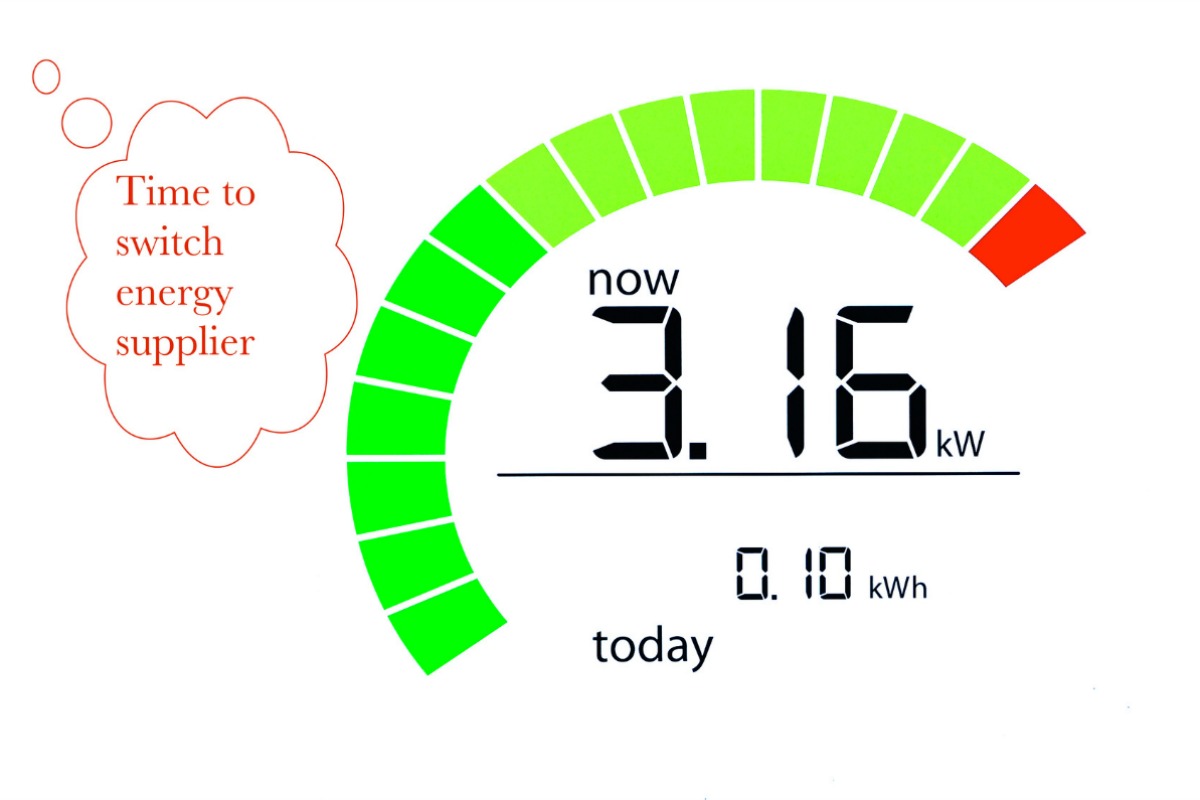
The unsmart grid
Mention the electricity industry and many people will think immediately of power stations, but in reality the process of transmission – getting the power from those stations to the consumer – can be a bigger challenge than generating it in the first place.
Despite some international differences, the basic model is pretty uniform. Electricity is generated by a power station (or perhaps a renewable source), then stepped up in voltage by a transformer before going into the power lines – because higher voltages are more efficient to transport.
Carrying this power over a long distance is known as transmission, and at this level large grids bring together many sources of generation. Their scale can be huge – the world’s biggest, the main European grid, has 400m customers although only a fraction of the continent’s generated power actually goes into it. (The EU goal for that is 10% by 2020.)
Closer to its destination, power travels through the distribution system, which involves substations and further transformers lowering the voltage again to a level suitable for use. Finally, when it enters the customer’s premises, it goes through a meter before use.
A major complication lies in the fact that the grid (whether unsmart or smart) does not store energy in large quantities – it has to be generated as it is used. Measures to match generation with demand (“load balancing”) therefore make a big difference to efficiency and service.
Historically the industry was vertically integrated all the way from generation to billing, but today generation, transmission and the consumer may all be managed by different companies.

Smart world
Many of the highest-profile smart grid projects are found in the United States, but Europe and Asia are not sitting still.
Barcelona, Stockholm and Cologne are three “lighthouse” cities being used to highlight the potential of the European Commission’s GrowSmarter project for urban development. They’re charged with developing successful approaches to challenges such as refurbishing buildings for greater energy efficiency; producing electricity locally; smart lighting; and the use of waste heat.
In Korea, the Jeju Island test bed is a project backed by the government and private sector – including the country’s three main phone companies – aiming to produce innovations that can then be rolled out to the rest of the country. Like many smart grid efforts, Jeju Island is also looking at the potential of electric vehicles.
And in the Netherlands city of Groningen, the recently-launched “Project Floor” smart grid is aiming to be the world’s largest, serving 100,000 homes.
Enter the giants
While some of the pioneers in smart grid technology are specialist firms, prominent names in the broader power business – and outside it – are also getting involved.
Schneider Electric, for example, is active in intelligent energy management for end users, involving monitoring and real-time control. Siemens works in a wide range of smart grid areas including AMI, communications and monitoring; along with Accenture, it formed Omnetric to integrate utilities’ operational tech with their IT. ABB and Cisco are other major players providing technology for utilities’ smart grid projects.
With so much at stake, governments and powerful industry bodies are inevitably also interested.
In the U.S., the federal government has been actively involved: the smart grid was officially defined by the Energy Independence and Security Act of 2007 (EISA-2007), with further flesh added to that by the U.S. Grid 2030 and National Electric Delivery Technologies Roadmap.
In Europe, significant forces include the low-carbon energy demonstration project EU NER 300 and the Smart Grids European Technology Platform forum.
Potential standards are emanating from the IntelliGrid Consortium of the Electric Power Research Institute (EPRI), while the Institute of Electrical and Electronics Engineers (IEEE) also has its Smart Grid Initiative.
